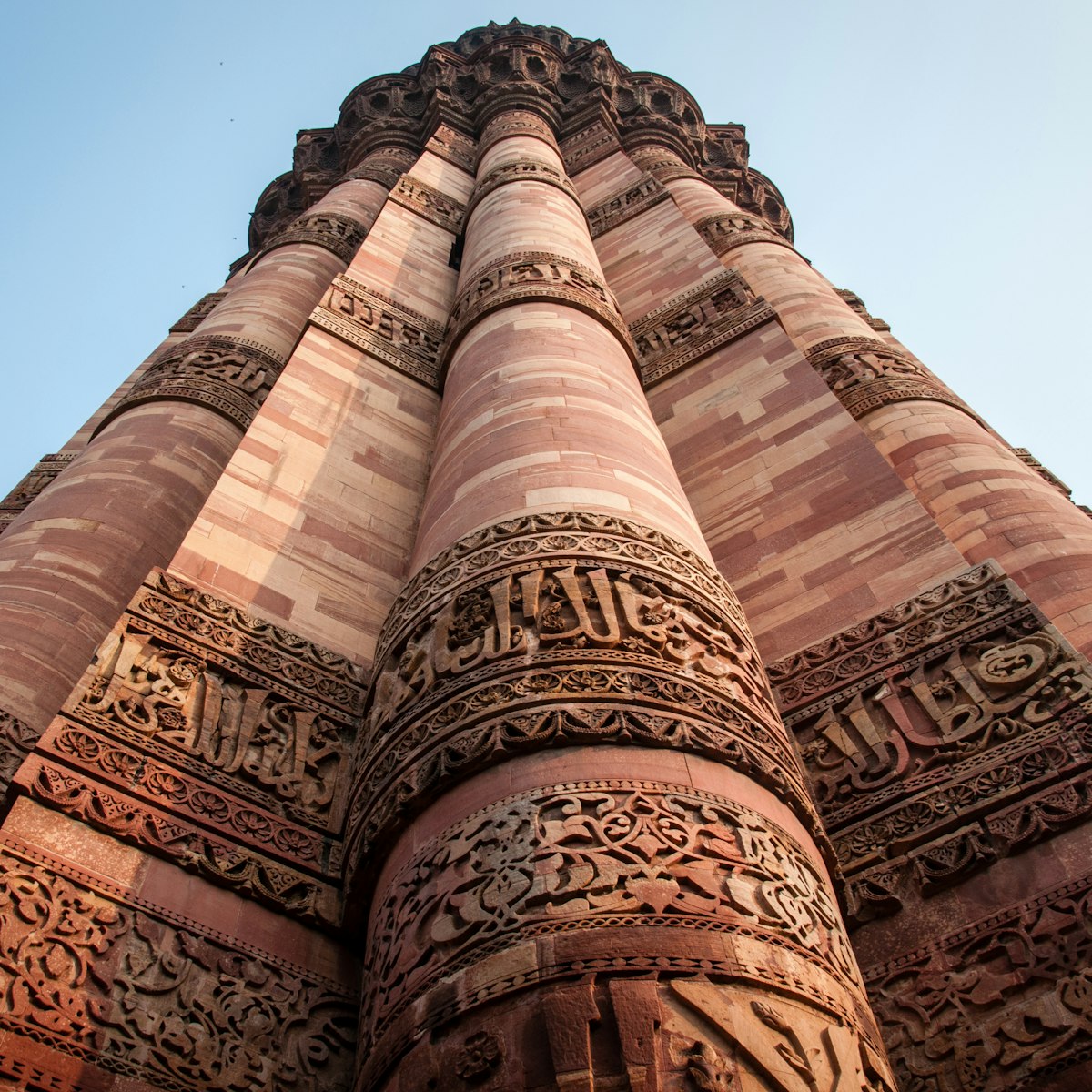Shh, whisper it quietly: this place is better than the Red Fort. Delhi's 'Old Fort' isn't as magnificent in size and grandeur, but it's far more pleasant to explore, with tree-shaded landscaped gardens to relax in, crumbling ruins to climb over (and even under, in the case of the tunnels by the mosque) and no uptight guards with whistles telling you not to go here and there.
Ringed by a moat, part of which has been refilled with water, and accessed through the majestically imposing Bada Darwaza gateway, this 16th-century fort is where Mughal Emperor Humayun met his end in 1556, tumbling down the steps of the Sher Mandal, which he used as a library.
The fort had been built by Afghan ruler Sher Shah (1538–45), during his brief ascendancy over Humayun. It's well worth a visit, with its peaceful gardens studded with well-preserved ancient red-stone monuments, including the intricately patterned Qila-i-Kuhran Mosque (Mosque of Sher Shah), behind which are tunnels to explore and parts of the outer walls that can be climbed upon. There's also a small museum (closed on Fridays) set within the walls just inside Bada Darwaza gateway. The sound-and-light Ssow, which is performed in the evening beside the Humayuni Darwaza gateway, is also nonoperational on Fridays.
An elongated lake has been created from the fort's former moat, and in late afternoon is well worth wandering along as the sun lights up the towering walls above it, making for fabulous sunset photos. You'll have to buy an extra ₹20 'moat ticket' along with your main ticket in order to explore it.
Across busy Mathura Rd are more relics from the city of Shergarh, including the beautiful Khairul Manazil mosque, still used by local Muslims and a favoured haunt of flocks of pigeons.







